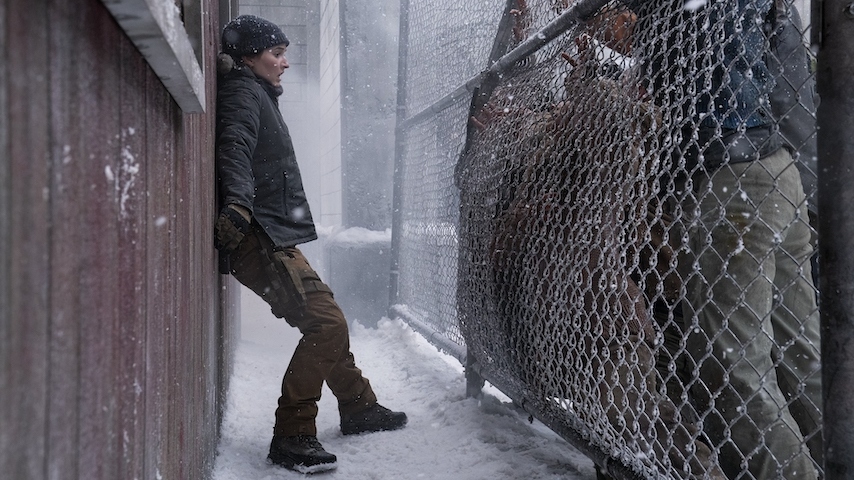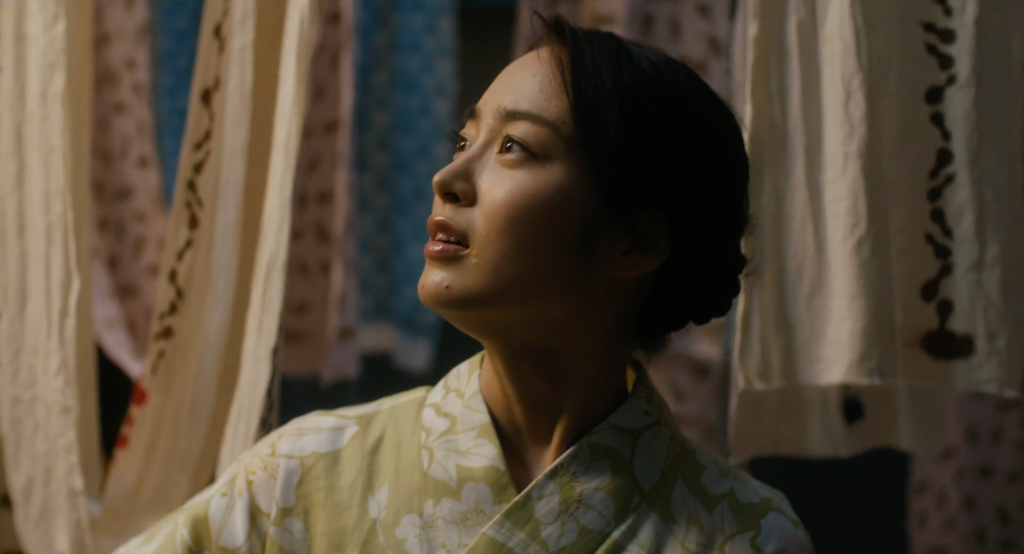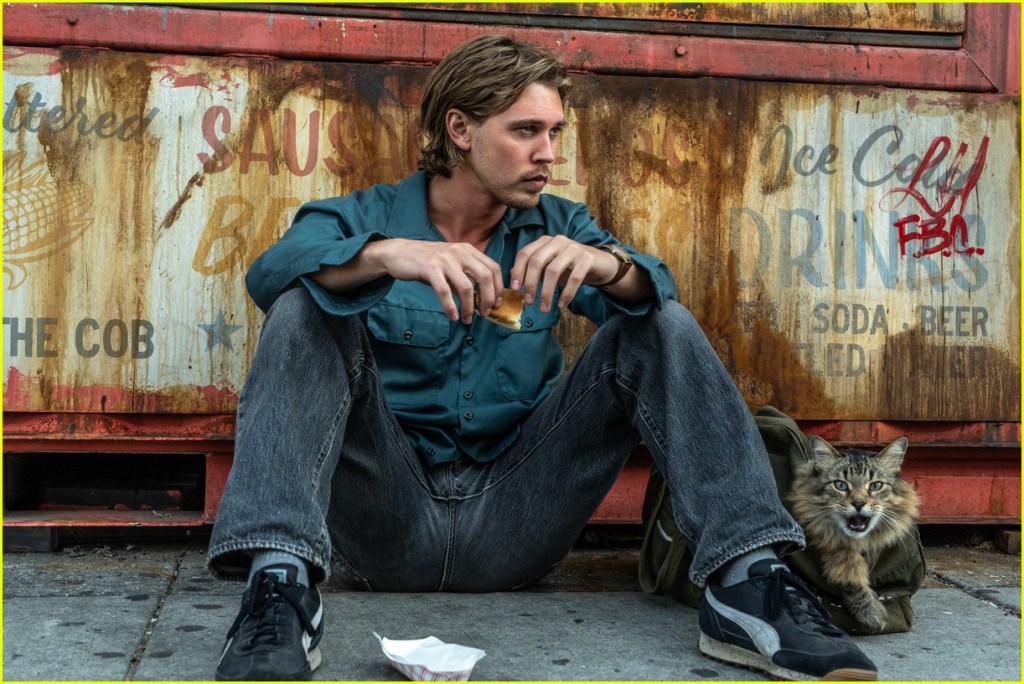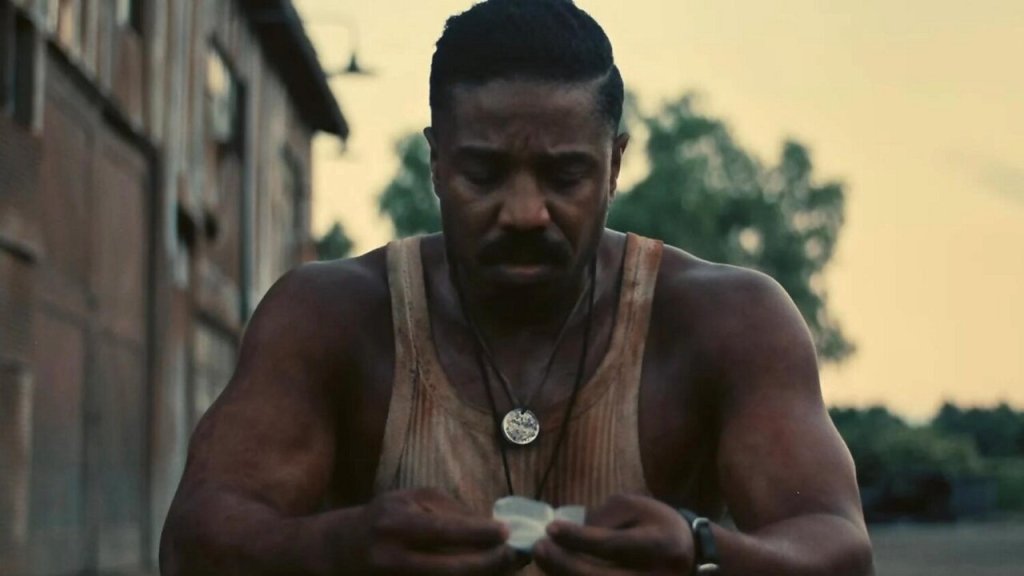To jump to the important bit: Kelsey Mann’s Inside Out 2 is a charming delight, which picks up the reins from Pete Docter’s 2015 original and progresses its ideas and characters into a new phase. Fans of that first film will find much to enjoy here. This is a Pixar sequel in the good mode of Toy Story, as opposed to the shakier territory of Monsters University and Finding Dory. The story is well thought-out, the animation is attractive, and the voice performances – a mixture of new and returning talent – is wonderfully entertaining.
Commercial success seems assured, and indeed could not come at a better time for Pixar Animation Studios. The COVID-19 pandemic of 2020 hit the company hard, with lockdowns cutting Onward‘s box office off at the knees, and subsequent films Soul (2020), Luca (2021), and Turning Red (2022) all relegated to Disney+. Once back in cinemas, Lightyear (2022) was a disappointment as was Elemental (2023). If the glory days of Pixar knocking out one memorable smash hit after another seem a long time ago, it is because they are. Wall-E was 16 years ago. Finding Nemo just turned 21. Next year Toy Story celebrates its 30th anniversary.
Inside Out 2 should be the hit that Pixar needs, partly because it’s building on already-popular IP and partly because it is genuinely a very good film. I do worry, however, that its success will teach the company the wrong lesson. As chief creative officer, Pete Docter has confirmed that – following the lacklustre response to Luca and Turning Red – Pixar will focus on making an even mixture of sequels and what has been described as ‘potential franchise starters’. The problem with that strategy is that if one was to look for a point at which Pixar slipped from legendary film studio to ‘just another’ animation house, most people would agree it was when they started making sequels. Lightyear failed because it was an unnecessary brand extension with a poor screenplay. Turning Red, by contrast, was a failure because it was relegated to streaming and was poorly marketed. Even today, more than two years on, it beggars belief that Disney – the most brand-savvy and merchandise-heavy film studio in the world – failed to make a commercial success out of a boy band-loving giant red panda. You still don’t seem able to buy a Turning Red soft toy.
Inside Out 2 has plenty of smart ideas and an engaging story, but those ideas are to a large degree the same ones employed in 2015. Protagonist Riley – now 13 years old – does get some new emotions inside her brain to drive her behaviour. While Anxiety, Embarrassment, Envy, and Ennui offer opportunities for new angles and fresh gags, they are not ultimately any different from returning characters Joy, Sadness, Fear, Anger, and Disgust. In fact with nine personified emotions running around Riley’s head, the film regularly runs the risk of feeling overcrowded.
Pixar’s sequels work best when produced occasionally, giving the audience the chance to revisit much-loved characters but never overwhelming the company’s ability to make new works. Original ideas were what drove Pixar’s reputation, and the company’s initial six-film run from Toy Story to The Incredibles is arguably the greatest in animation history. Even in the past decade when the best films have hit, they have been the original works: Inside Out, Coco, Soul, Turning Red. If I had my way, I would step away from franchise-building, slow down the pace of production (a problem shared by many Disney subsidiaries), and return to what Pixar does best: tell amazing stories.
Inside Out 2 is really good, but this is Pixar we’re talking out: I demand fantastic.





Leave a comment